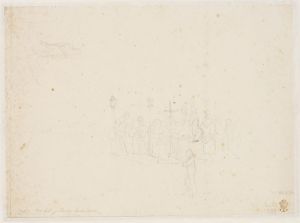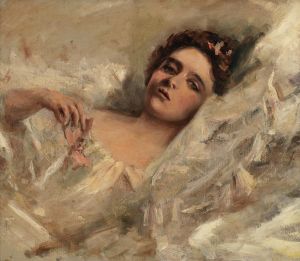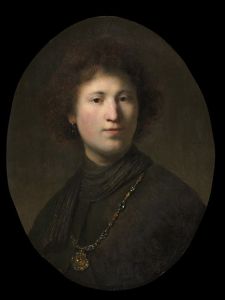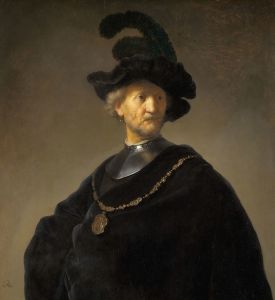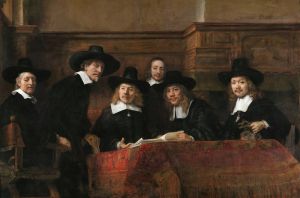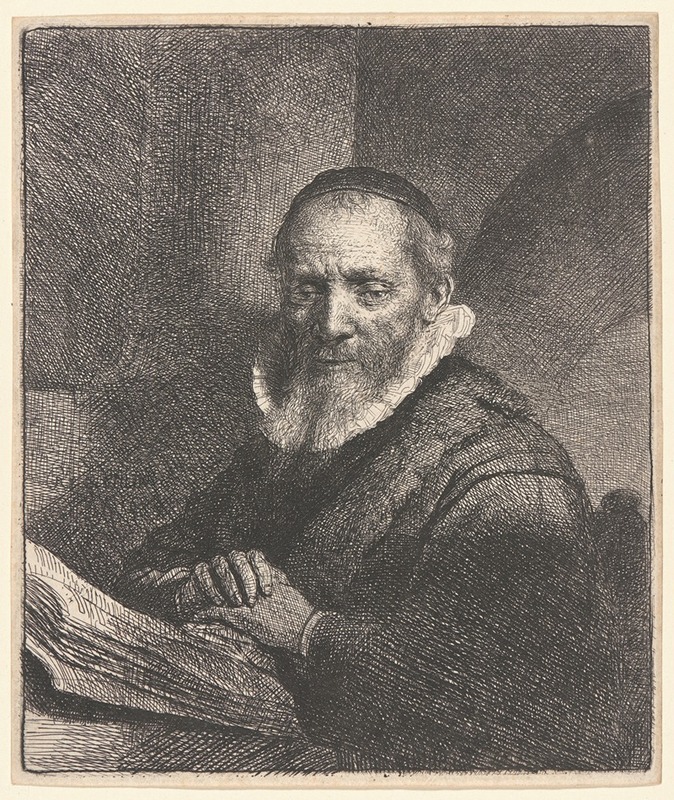
Jan Cornelis Sylvius, Preacher
A hand-painted replica of Rembrandt van Rijn’s masterpiece Jan Cornelis Sylvius, Preacher, meticulously crafted by professional artists to capture the true essence of the original. Each piece is created with museum-quality canvas and rare mineral pigments, carefully painted by experienced artists with delicate brushstrokes and rich, layered colors to perfectly recreate the texture of the original artwork. Unlike machine-printed reproductions, this hand-painted version brings the painting to life, infused with the artist’s emotions and skill in every stroke. Whether for personal collection or home decoration, it instantly elevates the artistic atmosphere of any space.
Jan Cornelis Sylvius, Preacher is a portrait created by the Dutch artist Rembrandt van Rijn. This artwork, believed to have been completed around 1633, depicts Jan Cornelis Sylvius, a preacher and relative of Rembrandt through marriage. Sylvius was a prominent Mennonite minister in Amsterdam, known for his eloquence and dedication to his faith.
The painting is an example of Rembrandt's skill in portraiture, showcasing his ability to capture the personality and character of his subjects. In this work, Sylvius is portrayed in a seated position, wearing a dark robe and a white ruff, which were typical of the attire worn by clergy during that period. The detailed rendering of his facial features, particularly the expressive eyes and the texture of his skin, reflects Rembrandt's mastery of light and shadow, a hallmark of his artistic style.
The composition of the portrait is intimate and focused, with Sylvius's figure dominating the frame. The use of chiaroscuro, a technique that contrasts light and dark areas, enhances the three-dimensional quality of the figure and draws attention to the preacher's thoughtful expression. This technique was a defining characteristic of Rembrandt's work and contributed to his reputation as one of the greatest painters of the Dutch Golden Age.
Jan Cornelis Sylvius was married to Aeltje van Uylenburgh, the aunt of Saskia van Uylenburgh, who was Rembrandt's wife. This familial connection likely played a role in the creation of the portrait. The painting is considered a personal and respectful depiction of Sylvius, reflecting the close relationship between the artist and his subject.
The current location of the original painting is not definitively documented, as it is sometimes confused with other works or engravings of Sylvius by Rembrandt. However, the portrait remains an important example of Rembrandt's early portraiture and his ability to convey the dignity and humanity of his sitters.
This artwork is also significant for its historical context, as it provides insight into the religious and social milieu of 17th-century Amsterdam. Through this portrait, Rembrandt not only immortalized Jan Cornelis Sylvius but also contributed to the broader tradition of Dutch portraiture, which celebrated individual identity and character.








